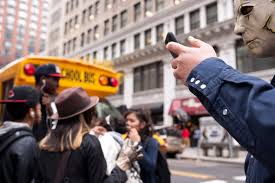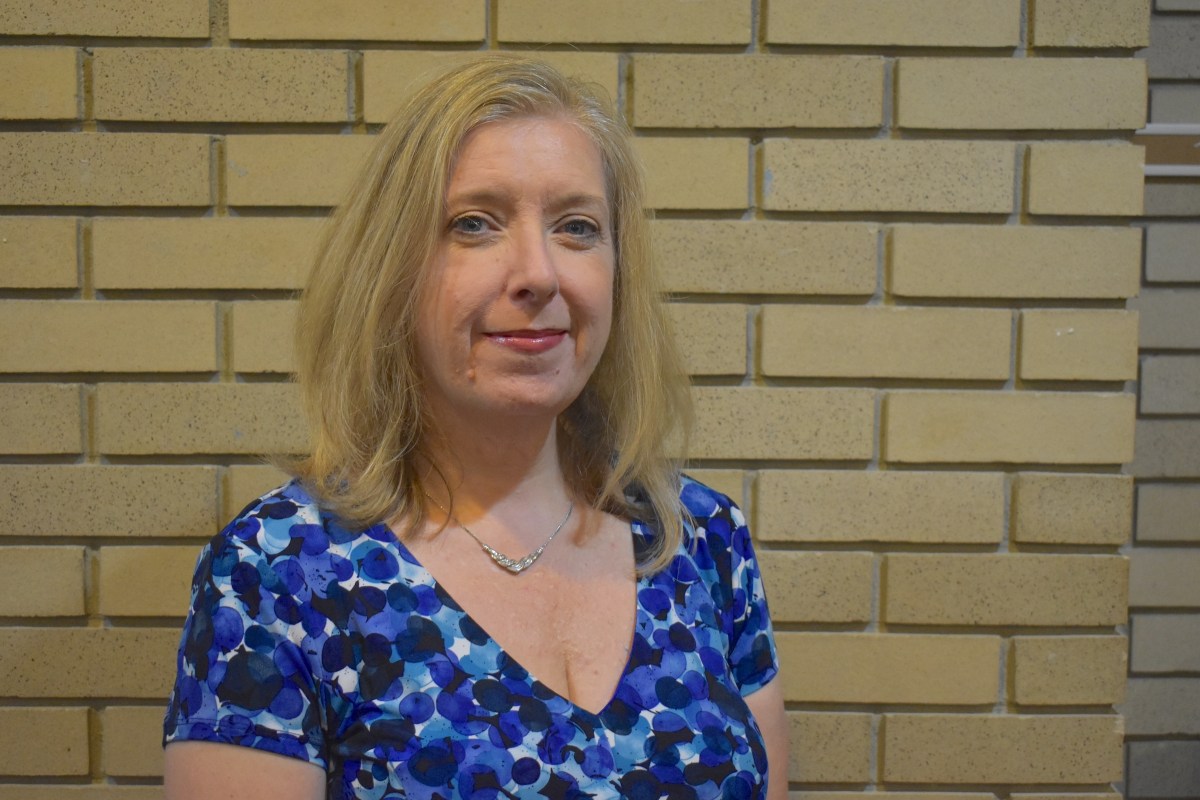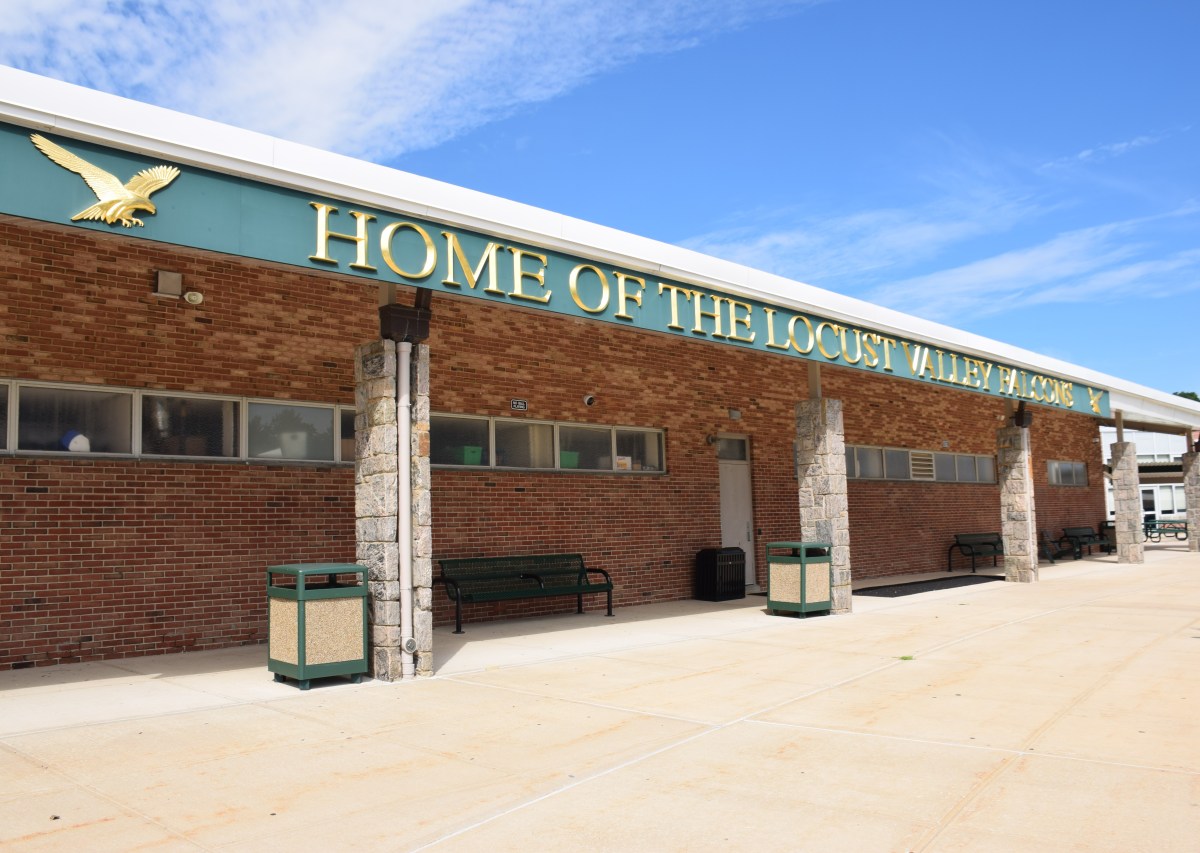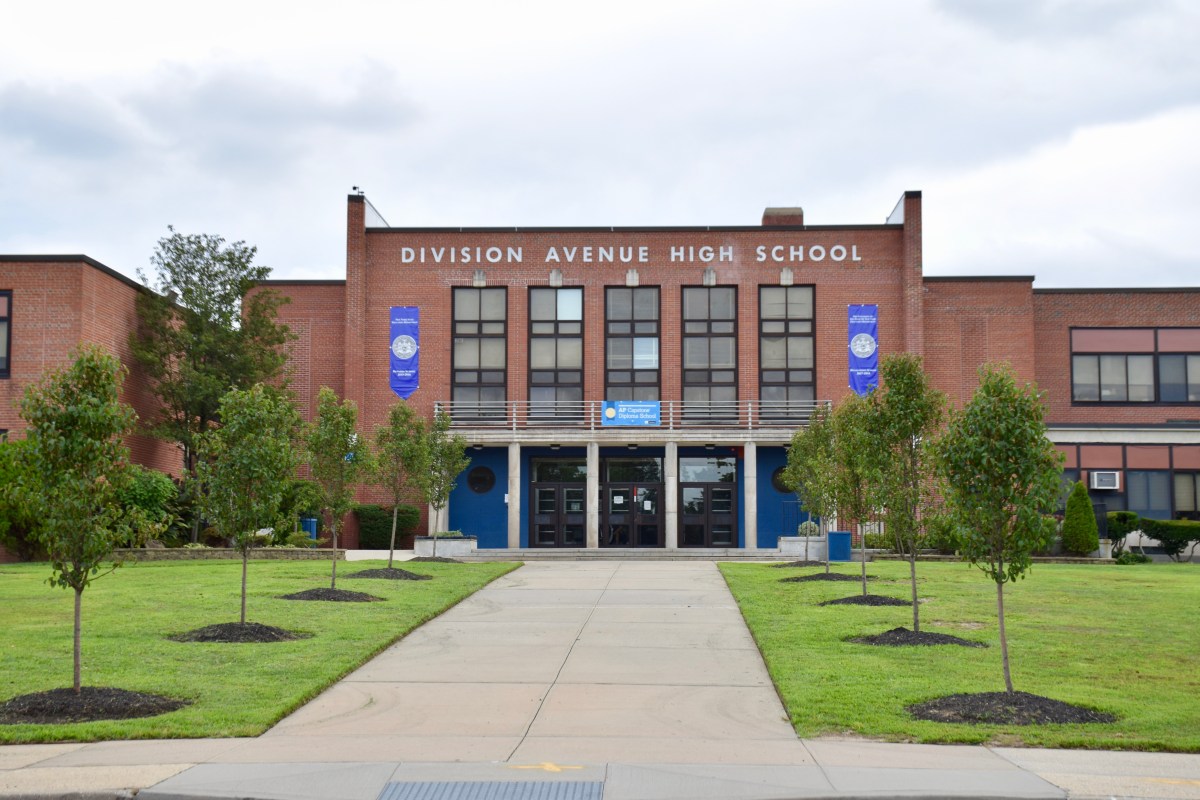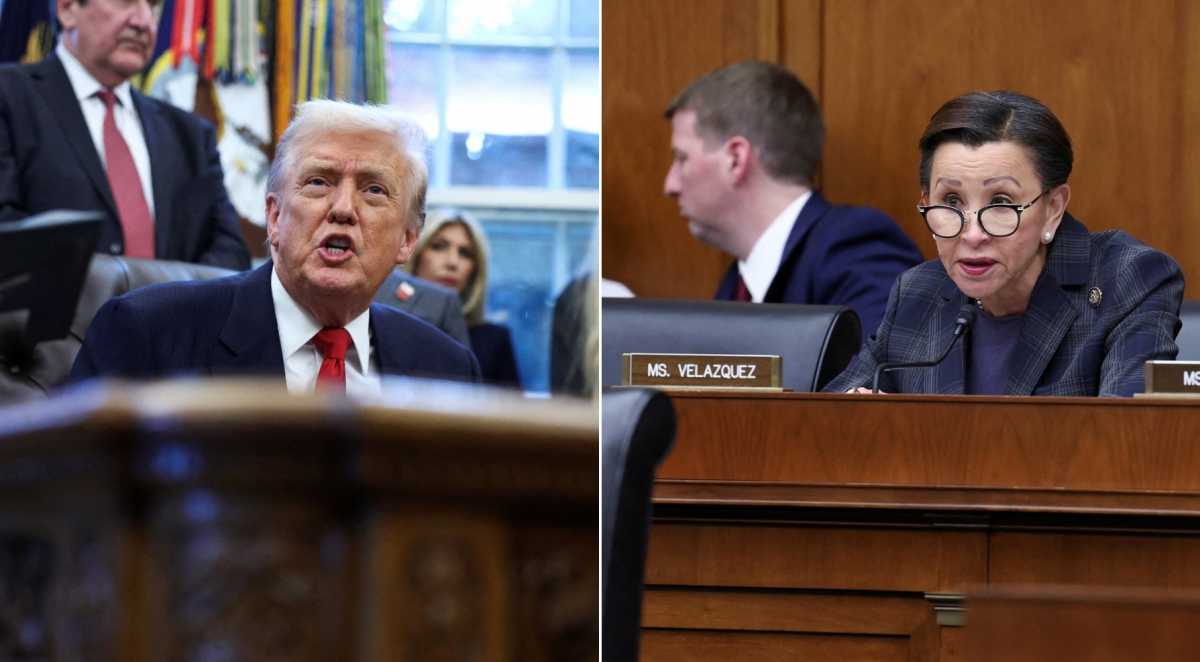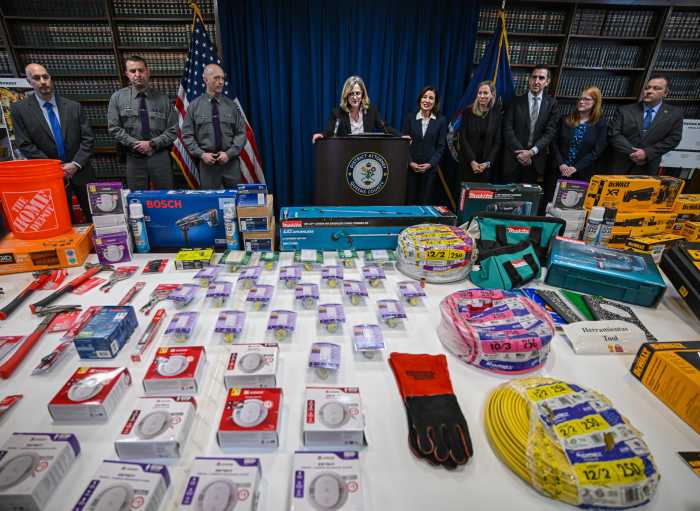Special edited version from Our Time Press
For Angela Cress, who teaches 9th grade inclusionary English mixing special education students with regular students at the Bushwick School For Social Justice on Irving and Putnam avenues, allowing cell phones in schools is a two-edged sword.
Cress’s thoughts come as the Department of Education (DOE) readies to lift the ban on students having cell phones in the public schools effective March 2.
“I can see both sides of the coin. For day-to-day operations in class it will make things much more difficult than it has been. I will have to have an argument with students that I never had before. I will have to make expectations that cell phones will not come out in the classroom,” said Cress, an 11-year public school teacher veteran – the past six of which has been at Bushwick.
“The other side of the coin is there is a big imbalance because Bushwick is one of the scanning schools that prevent cell phones from getting into the building. In non-scanning schools like Forest Hills in more middle and upper class neighborhoods, still brought cell phones anyway. Making cell phones legal in schools for everyone created a serious socio-economic imbalance. So it levels the playing field. I also understand that with most students taking public transportation to school and with extracurricular activities why parents would want their kids to have cell phones to communicate.
Benjamin Banneker Academy Parent Coordinator Terrell Tuggle said the school and others have been allowing cell phones in for some time with the understanding that they would be confiscated if students took them out.
Not much will change, but the school probably will have issues with some students who may take them out to tape and use them for cyber bullying, said Tuggle.
Tuggle said there might also be issues in the classroom with students taping their teachers to contribute to delinquent behavior, but he also thinks the DOE made the right call for lifting the ban.
“After 911 parents need to be in contact with their children,” he said.
Tuggle thinks for now it is best to see how the new rules shake out, and they will probably have to be tweaked in the next three, six months or a year.
Under the new regulation, which will be open to oral and written comments until February 24, students will be permitted to bring cell phones, laptops, tablets, iPads and other similar “computing devices” into school buildings.
The regulation also states that school principals must establish their own “school-based policy” and until one is adopted for the 2014-2015 school year, the school must implement one of two possible “interim” policies.
The first interim policy states that the electronic devices may not be turned on or used during school hours. The second option also have students bring cell phones to school, but they will be collected upon entry to the building and stored in a designated location until the end of the day.
Under the new regulation, principals will consult with School Leadership Teams in deciding among a range of options concerning cell phone use for their schools, depending on what they feel best meets the needs of their students, families and educators.
For schools that do not develop a written cell phone policy promptly, the default will be a policy that allows students to bring cell phones into the building, but requires that the school or students store the phones out of sight for the duration of the school day.
All cell phone policies must prohibit the use of cell phones during examinations, as well as during internal emergency preparedness drills and exercises, and be consistent with the DOE’s Discipline Code. Schools will have a range of options for discipline in cases where cell phones are misused, including confiscation.
The proposed changes must be approved by the Panel for Educational Policy. These changes will be voted on at the Panel’s February 25 meeting.
.


